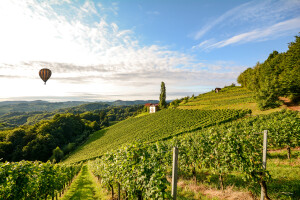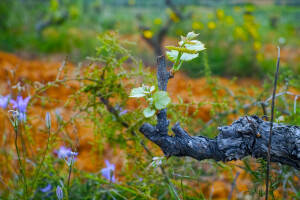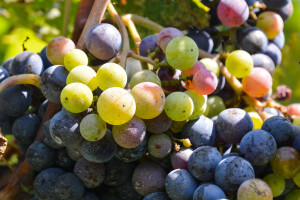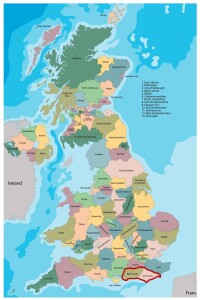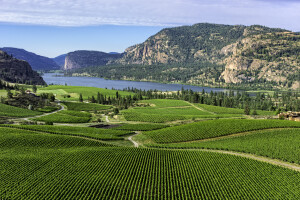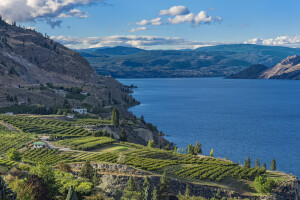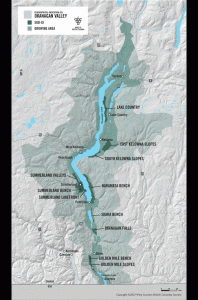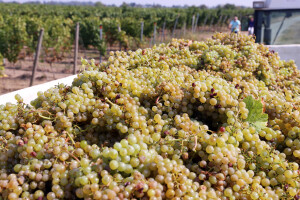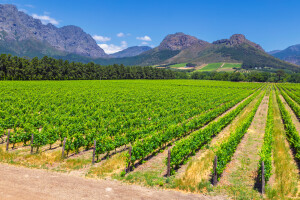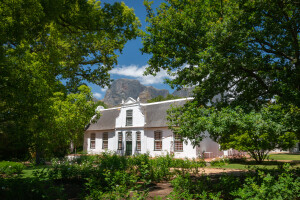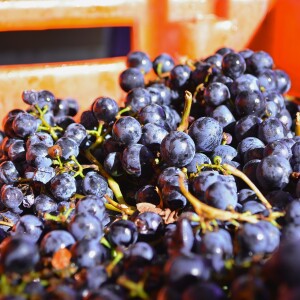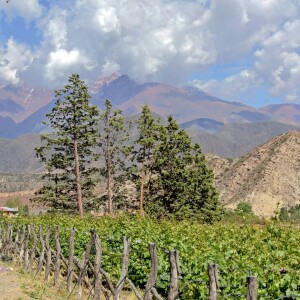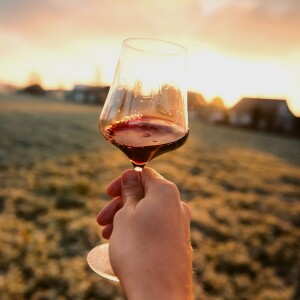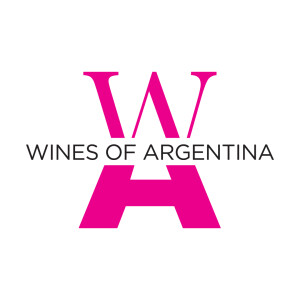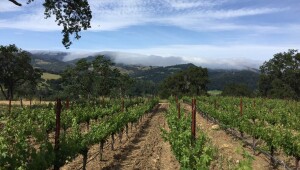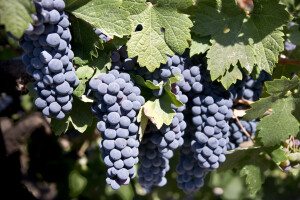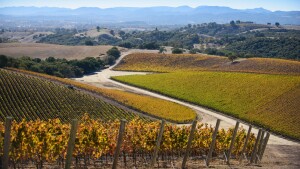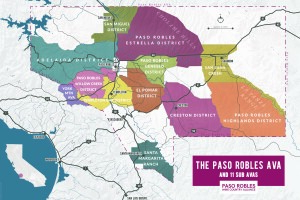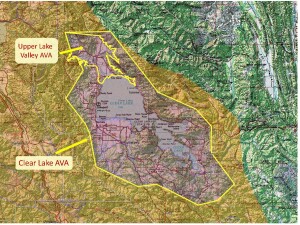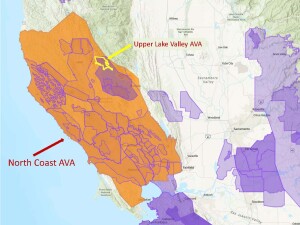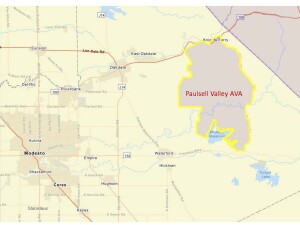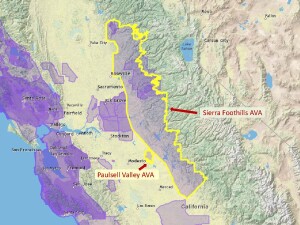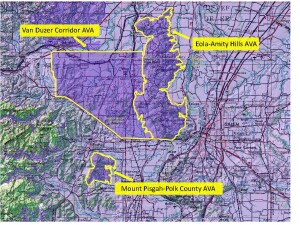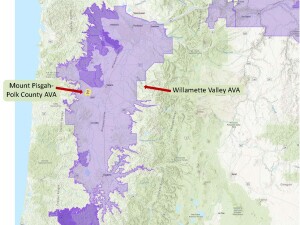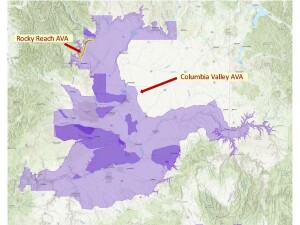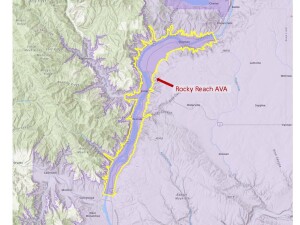Today we have a guest post from Bonnie Graves, who gives us a preview of her upcoming presentation, “Post-Covid California: Sustaining and Thriving in a New Normal.” This session will be presented at the 46th Annual Conference of the Society of Wine Educators. The conference is scheduled for August 10-11 in Coachella Valley (Indian Wells, CA).
As we approach harvest 2022 in California, it’s useful (if painful) to look back two years to 2020—to the last weekend in September when the Glass Fire erupted near the Silverado Trail. As the wildfire moved east, many of us in the industry—holed up at home due to the pandemic—watched with horror as iconic wineries and vineyards and hotels burned. It seemed as if lockdown closures and coronavirus ravages had cruelly converged with massive wildfires to create an authentically apocalyptic moment; a massive conflagration of everything we love. It genuinely felt like the industry was doomed.
If anything, though, the wine industry is marked by resourcefulness. The challenges of growing, making, and marketing an agricultural product in uncertain economic times are as old as the beverage itself. Over the past two years, we have seen the California wine industry not just survive but thrive. Managing drought and labor shortages in the vineyard is as critical as rethinking sales and marketing channels. Through it all, resourceful and resilient Californians have continued to make and sell great juice.
Join us as we taste through a line-up of six exemplary California wineries from six different wine-producing regions. Each is marked by a commitment not just to sustainable winegrowing practices but also by a commitment to a sustainable business model that values people as much as product. From prestige small-lot producers like Arroyo Grande’s Talley and Inman in the Russian River Valley to larger companies like Monterey’s Scheid and Shannon Ridge in Lake County, we will examine how sustainability can span varying production levels and multiple brands in meaningful ways.
We’ll do a deep dive into the next-wave regenerative farming championed by Jason Haas at Tablas Creek in Paso Robles and discuss next-wave winemaking when an icon like Alma Rosa changes hands. How do brands remain not just financially afloat but vibrant amidst ownership changes, challenges related to smoke exposure, and shuttered on-premise restaurants? We’ll sip and discuss strategies in a collaborative dialogue designed for educators, curious consumers and industry insiders alike.
Featured Wines Include:
- Scheid Family Albariño (Monterey, 2021)
- Talley Chardonnay, Estate (Arroyo Grande, 2020)
- Inman Rosé of Pinot Noir, “Endless Crush” (Russian River, 2021)
- Alma Rosa Pinot Noir, “El Jabali” (Santa Rita Hills, 2020)
- Tablas Creek, “En Gobelet” (Paso Robles, 2019)
- Shannon Ridge, “The David” (Lake County, 2019)
Bonnie’s session— Post-Covid California: Sustaining and Thriving in a New Normal—is scheduled for Wednesday, August 10th at 10:30 am as part the 46th Annual Conference of the Society of Wine Educators, to be held August 10-11 in Coachella Valley (Indian Wells, CA).
 About the speaker: Bonnie Graves is the founder, president and voice of Girl Meets Grape, a wine and lifestyle agency based in Los Angeles and launched in 2005. Bonnie was born in Salt Lake City and raised on the Jersey shore, both areas known for many things if not the vineyards. She graduated from Harvard magna cum laude before she could legally drink. She collects weird rocks and old maps. She speaks a pile of fancy languages. She wound up a sommelier. Bonnie worked in restaurants for 15 years before paroling herself to marry the cute guy who is now the father of her two cute kids—life works like that. Follow Bonnie @girlmeetsgrape and visit girlmeetsgrape.com.
About the speaker: Bonnie Graves is the founder, president and voice of Girl Meets Grape, a wine and lifestyle agency based in Los Angeles and launched in 2005. Bonnie was born in Salt Lake City and raised on the Jersey shore, both areas known for many things if not the vineyards. She graduated from Harvard magna cum laude before she could legally drink. She collects weird rocks and old maps. She speaks a pile of fancy languages. She wound up a sommelier. Bonnie worked in restaurants for 15 years before paroling herself to marry the cute guy who is now the father of her two cute kids—life works like that. Follow Bonnie @girlmeetsgrape and visit girlmeetsgrape.com.
